Ram Temple and Third Temple: Politics of Religious Hate in Ayodhya and Jerusalem
Category :
Religion & Politics

Author ::
Salzar Rahman Sabu
Oct 24, 2025
visibility
406 Read
According to the Jewish sacred text Talmud, the emergence of the promised Messiah will occur once the Al-Aqsa Mosque in Jerusalem is demolished and replaced by the Third Temple or Solomonic Temple.
In order to fulfill this prophecy, the Zionists have already completed all necessary preparations. By exploiting this religious issue for political gain, Israel has launched a campaign of ethnic cleansing.
Religious belief—the oldest yet still most influential idea on Earth. Over time, countless ideologies, thoughts, beliefs, revolutions, and philosophies have arisen and disappeared, either buried in history books or forgotten due to irrelevance. Yet religion and its daily practice have endured. While the form of belief may vary based on time, place, and community,the essence remains the same.
Although the Almighty Allah sent religion for the welfare of humanity, it has often been distorted by opportunistic groups to serve their own interests. Religion has long been exploited to justify mass bloodshed—from the ancient past to today. It has become a tool of politics, imperialism, and the arms trade.
Even hardcore secular parties weaponize religion in their manipulative politics. Ideals and values are no longer a concern—what matters is which religious sentiment the majority follows and who can be pitted against whom.
In this context, both India’s Ram Temple in Ayodhya and Israel’s Third Temple plan in Jerusalem share a striking resemblance in narrative, motive, and the state’s position. In India, it’s the Hindutva-driven BJP, and in Israel, the Zionist groups—with one common denominator: Muslims are the scapegoats in both cases.
From Babri Masjid to Ram Temple
The Babri Masjid, located in Ayodhya, Uttar Pradesh, was demolished to build the Ram Temple. Throughout the process, religious emotion and belief were politically weaponized. Disputes between Hindus and Muslims over this site date back to British colonial “divide-and-rule” policies. In 1859, to avoid religious conflict, the British separated prayer areas with a wall.
But in 1949, when an idol of Ram was secretly placed inside the mosque and thousands of Hindus began visiting, tensions flared. The government locked the gates to prevent further escalation.
Fast forward to 1984, when India held general elections. The Indian National Congress won by a large margin, while the BJP secured only two seats. Two events marked this era:
The Shah Bano divorce case, which sparked Muslim outrage over personal law interference.
Initially, the Congress passed laws contradicting Sharia, but later reversed its position under pressure and passed the Muslim Women (Protection of Rights on Divorce) Act, 1986. This move was seen by many—including the BJP—as pandering to Muslims, which cost Congress support from conservative Hindus.
A district judge then ruled to unlock the mosque and allow Hindu prayers—a decision backed by PM Rajiv Gandhi, the same leader who earlier passed pro-Muslim legislation. However, BJP had already gained a stronghold in Hindu hearts. In the 1989 elections, Congress lost, while BJP rose from 2 seats to 88.
In 1991, the BJP officially pledged to build the Ram Temple in its manifesto. On 6 December 1992, with support from VHP and 150,000 Kar Sevaks, they demolished the Babri Masjid, defying security forces.
This triggered nationwide communal riots, with impacts felt across Pakistan, Bangladesh, and beyond. Thousands died—mostly Muslims—and public property worth ₹90 billion (~$3.6 billion) was destroyed.
Yet, Hindu nationalist sentiments soared, boosting BJP's popularity. Both BJP and Congress are culpable in this misuse of religious belief, but BJP was more aggressive and strategic.
What was once a smoldering religious tension was turned into a volcanic eruption by political parties, destroying interfaith harmony, homes, and lives. The seeds of religious extremism sown here have often manifested as terrorist attacks or communal riots—a serious challenge to any unified, sovereign state.
Al-Aqsa, the Third Temple, and the Netanyahu Government;
Jerusalem is the third holiest city in Islam, after Mecca and Medina. It’s where the Prophet Muhammad (PBUH) ascended to the heavens during the Isra and Mi'raj, and it's home to the first Qibla, the Al-Aqsa Mosque. The city also holds religious significance for Jews and Christians alike—ruled by Prophets Dawud (David) and Sulaiman (Solomon), and visited by Musa (Moses) and Isa (Jesus).
Ideally, this sacred city could have been a symbol of interfaith unity, but history and current events suggest otherwise. Leaders and clergy have often exploited Jerusalem’s religious significance for their agendas.
After the Holocaust ended in WWII, the state of Israel was founded based on Zionist ideology. Its politics are steeped in hardline Jewish nationalism. While some Orthodox Jews (Anti-Zionists) oppose occupation and killing, the majority of Israeli Jews support it, being conditioned by both religious and political elites.
Jewish religious leaders have significant influence over the Israeli Knesset (parliament). Though elections are held, it's nearly impossible to hold power without aligning with hardline Jewish nationalism. The more a leader promotes this ideology, the more electable they become. Any deviation triggers movements to remove them from power.
A rare exception was the Oslo Peace Accords, signed by Israeli PM Yitzhak Rabin and PLO’s Yasser Arafat. But ultra-nationalist Jews opposed it, and Rabin was assassinated by one such individual, Yigal Amir, during a peace rally in Tel Aviv.
Benjamin Netanyahu, leader of the Likud Party, capitalized on this sentiment, becoming PM in 1996 by opposing Oslo. Since then, he has become Israel’s longest-serving Prime Minister, wielding religion as a political shield—something Rajiv Gandhi failed to do effectively.
Under Netanyahu, Israel has carried out relentless violence against Palestinians—particularly in the West Bank. His popularity only took a hit after Hamas’s 7 October 2023 attack, which killed and kidnapped many. Israelis blamed Netanyahu for security failures, and protests demanding his resignation and early elections erupted outside the Knesset.
A deeper reason behind the 7 October attack was uncovered in a November 4, 2023 investigative report by David Hearst of Middle East Eye. Hamas reportedly had information that during the next Passover festival, a red heifer would be brought from the U.S. and sacrificed—its ashes used for ritual purification of Jewish priests. This would clear the final religious hurdle to rebuilding the Third Temple on Al-Aqsa’s site—something Hamas vowed never to allow.
Talmud-following Jews see this as a divine prerequisite for the Messiah’s return. The three conditions for the Messiah's arrival are:
Jewish gathering in Israel
Establishment of a Jewish state
Rebuilding of Solomon’s Temple (Third Temple)
The first two are fulfilled (though some Orthodox Jews disagree). What remains is the Third Temple. They believe this can only proceed once they are ritually purified via the red heifer.
.
Given the religious and political weight this issue carries, Netanyahu’s government is likely to push for its realization. In fact, during the U.S. Embassy opening in Jerusalem, he frequently mentioned the Temple of Solomon in his speech.
Despite international agreements (with the U.S., UN, and EU), extremist Jews frequently storm Al-Aqsa. Israeli police also obstruct Muslim worshippers.
As a Jewish nationalist grounded in religious ideology, Netanyahu will likely not hesitate to flatten Gaza or demolish Al-Aqsa to build the Third Temple if needed. Using religious belief as a political weapon, Jewish ultra-nationalism will either drive him to more brutality or force him out of power.
If he chooses the former—erasing Muslim presence from Al-Aqsa—the consequences for global geopolitics could be catastrophic. This could lead to mass casualties and a war that may not stay confined to just Gaza and Israel.
Though Babri Masjid had no real link to Prophet Muhammad (PBUH) or his companions, the Hindu-Muslim tension still hasn’t cooled. In contrast, Al-Aqsa Mosque is Islam’s third holiest site, deeply tied to faith and emotion. If religious belief were used for peace and coexistence, rather than political gain, perhaps today’s Israel-Palestine reality would have looked very different.
Images Related to this Post
Related Post
Search
Popular Post
Recent Post
Tags
Hezbut_Tawheed
Imam Hossain Mohammad Salim
Bangladesh Violence
Religious Extremism
Mob Attacks
Human Rights Violations
Minority Persecution
Rangpur Attacks
Jamaat-E-Islami
Hefazat-E-Islam
Tawheed
Muslim Ummah
Islamic Unity
Shirk
Kufr
Islamic Revival
Kalima-E-Tawheed
Obedience To Allah
Deen-Ul-Haq
Hizb-Ut-Tawheed
Ram Temple
Third Temple
Ayodhya
Jerusalem
Religious Politics
Babri Masjid
Al-Aqsa
Zionism
Hindutva
Netanyahu
Religious Hate
Muslim Unity
Noakhali Conference
Imam Salim
Islamic Movement
Shahidi Jame Mosque
Ht Members Conference
Bangladesh Religious Persecution
Islamic Reform Movement
Extremist Violence
Human Rights Bangladesh
Sonaimuri Noakhali Attack
Political Extremism Bangladesh
Faith-Based Violence
Eid Al‑Fitr
Zakat Al‑Fitr
Ramadan Charity
Islamic Social Justice
Community Harmony
Bangladesh Poverty
Islamic Economy
Sadaqah
Fitrana
Eid Unity
Arab History
Islamic Governance
Caliph Umar
Social Transformation
Women’s Rights In Islam
Justice In Islam
Political Systems
Islam Vs Democracy
Islam And Knowledge
Islamic System
Prophet Muhammad
Farewell Sermon
Hajj
Global Peace
Human Rights In Islam
Dhul-Hijjah
Arafat Sermon
Islam Vs Un Charter
Unemployment In Bangladesh
Education System Failure
Educated Unemployment
Jobless Graduates
British Education Legacy
Youth Crisis
Hezbut Tawheed Views
Bids Report
Ssc To Masters Job Race
Middle Class Dilemma
Kerani Mentality
Excessiveness In Religion
Religious Distortion
Overinterpretation Of Islam
Misguided Enthusiasm
Warnings Of The Prophet
True Islam
Spiritual Clarity
Abandoning The Mission
Chormonai Pir
Desherpotro
Islamic Reform
Persecution In Bangladesh
Religious Violence
Jamaat-E-Islami Attacks
Islamic Truth Movement
Women And Knowledge
Islamic Feminism
Gender Roles
Social Awareness
Muslim Women
Female Empowerment
Islamic History
Qur’anic Guidelines
Obeying Allah’s Commands
Islam And Suffering
Workers' Rights In Islam
Labor Justice
May Day Islam
Islamic Society Model
Chashirhat Development
Imam Hossain Mohammad Selim
Islamic Brotherhood
Fair Wages
Islamic Military Strategy
Tawheed-Based State
National Security
Qur’anic Warfare
Mujahideen
Peacekeeping
Modern Islamic Army
Military Training
Ummah Defense
Sharia Governance
Southasia
Extremism
Bangladesh
India
Pakistan
Myanmar
Jihad
Islamophobia
Radicalism
Resistance
Conflict
War
Terrorism
Proxywar
Bjp
Hasina
Ghazwa
Kashmir
Rohingya
Arsa
Militancy
Ideology
Unity
Awareness
Injustice
Arms
Geopolitics
Gaza
Hypocrisy
Taliban
Alqaeda
Afghanistan
Syria
Iraq
America
China
Russia
Media
Violence
Oppression
Nationalism
Muslim
Islam
Justice
Youth
Leadership
Sovereignty
Hezbuttawheed
Mosque
Governance
Society
Administration
Education
Military
Economy
Women
Culture
Law
Quran
Hadith
Prayer
Madinah
Baytalmal
Amir
Discipline
Khutba
Transparency
Spirituality
Training
Morality
Ummah
Prophet
Sharia
Community
Peace
Development
Security
National
Khutbah
Sabr
Zakat
Sufism
Equality
Mosquesystem
Participation
Aqiqah
Accountability
Tradition
Modernity
Ummati Muhammad
Unity In Islam
Sunnah
Islamic Teachings
Muslim World
Deen Of Islam
Security Crisis
National Unity
Political Unrest
Military Vulnerabilities
Strength
Solidarity
Disunity
Muslim Nations
Women's Rights
Rufaidah Panni
Eid Congregation
Islamic Women Empowerment
Social Justice
Equality In Islam
Momen
Kafir
Mushrik
Allah's Laws
Faith In Islam
Belief In Allah
True Believers
Kalimah
Shariah
Justice And Peace
Political Parties
Multiparty Democracy
Political Factionalism
Islamic Political System
Democracy Vs Islam
Secularism
Political Ideologies
Islamic Law
Political Vision
Governance Without Parties
Political Stability
Islamic State
Shura System
Islamic Perspective
Women’s Reform Commission
Family Law
Inheritance Law
Sex Workers
Labor Recognition
Shariah Law
Gender Equality
Religious Opposition
Feminist Movement
Sex Work
Human Rights
Political Debat
Arab Society
Islamic Economic Justice
Military Transformation
Education In Islam
Judicial Independence
Accountability In Islam
Islam And Democracy
Societal Transformation
Governance Systems
Surah Yaseen
Islamic Guidance
Religious Work
Misguidance
Imam Role
Religious Commercialization
Truth And Falsehood
Religion And Society
Quranic Teachings
Ethical Leadership
Spiritual Struggle
Religious Scholars
Religious Corruption
Quranic Verses
Islamic Scholars
Prophet Muhammad (S.a.w)
Military Nation Of Islam
Sahabah
Lost Legacy
Ummah Of Muhammad
Jehad
Qetal
Islam And Violence
Islamic Leadership
State Vs Individual Struggle
Allah's Help
Islamic Reflection
Divine Support
Muslim World Crisis
Quran Teachings
Islamic Awakening
Qurbani
Bangladesh Politics
Eid Ul Adha
Islamic Sacrifice
Bangladesh Crisis
Global Conspiracy
Sacrifice
Labour Rights
Employment Crisis
Bangladesh Economy
Wage Gap
Inflation
Unemployment
Education Reform
Job Creation
Income Inequality
Post-Pandemic Economy
Eid-Ul-Azha 2025
Bangladesh Eid Congregation
Eid Prayer 2025
Women's Participation
Peace & Justice
Bangladesh Religious Events
Eid-Ul-Azha Message
Khilafah
Global Oppression
Islamic Festivals
Quranic Guidance
Spiritual Sacrifice
Ibrahim's Sacrifice
Eid Mubarak
Peace Through Tawheed
Women's Reform Debate
Bangladesh Women's Rights
Hezbut Tawheed Position
Islamic View On Women's Rights
Legal Reforms Bangladesh
Sex Workers Debate
Family Law Reform
Inheritance Rights
Sharia Law Bangladesh
Women's Equality
Western Influence
Religious Groups Debate
Gender Equality Islam
Islamic Social Solutions
Women's Dignity In Islam
Islamic Solutions
Beyond Politics
Labor Rights
Class Struggle
Economic Solutions
May Day Analysis
Economic Justice
Divine Accountability
Global Economic Crisis
Capitalism Vs Islam
Socialism Vs Islam
Savar Attack
Ishwardi Attack
Religious Fanaticism
Political Manipulation
Islamic Extremism
Government Response
Democratic Threats
Islamic Teachings Misuse
Radical Ideology
Communal Conflict
Radical Groups In Bangladesh
Terrorism In Bangladesh
Islamic Rights
Mosque Access
Eid Prayer
Muslim Women Empowerment
Prophet Muhammad Teachings
Women In Mosques
Women Rights In Islam
Gender Equality In Islam
Masjid An-Nabawi
Women's Role In Islam
Misconceptions About Women
Women Participation In Mosque
Eid Khutbah 2025
Islamic Sermon
Hossain Mohammad Selim
Bangladesh Eid
Qurbani Meaning
Women In Islam
Rufaydah Panni
Islamic Congregation
Female Participation In Eid
Chashirhat Eid
Palestine Solidarity
Eid Prayer Bangladesh
Women In Eid
Kushtia Rally
Gaza Crisis
Muslim Persecution
Bangladesh News
Peace Movement
Humanity
Divine Law
Social Reform
Religious Harmony
Truth
Call To Action
Palestine
Dajjal
Islamic Struggle
Mohammad Bayazid Khan Panni
Genocide
Oic
Protest
National Press Club
Rangpur Attack
Religious Reform
Karwan Bazar Protest
Terrorist Attack
Law And Order Failure
Emamht
Ht_In_Brief
Pabnaattack
Justiceforvictims
Humanchain
Politicalviolence
Legalreform
Endimpunity
Bangladeshjustice
Hezbuttawheedleaders
Demandjustice
Pabnapressconference
Policeinaction
Proposedgovernancesystem
Islamicstatesystem
Allahslaw
Economicreform
Educationreform
Capitalismcritique
Dhakaevent
Purposeofcreation
Humancreation
Khalifah
Allahsplan
Divineguidance
Adamsstory
Islamicteachings
Peaceandjustice
Sovereigntyofallah
Lailahaillallah
Islamiccreed
Aqidah
Islamicfaith
Iman
Deen
Peaceinislam
Purposeofislam
Beliefsystem
Faithandworship
Why
Escalate
Mohammad Bayazeed Khan Panni
Hossain Mohammad Salim
Religious
Extremist
Interfaith
Situation
Ultimatum
Threats
Extremist Attack
Attack
Movement
Barakat Hossain Osama
United Kingdom
Conservative Party
Donald Trump
Secular Leadership
Fanatical Populace
Fanatical
Populace
Religion
Extensive Damage
Catastrophic Flooding
High School
Urgent Help Needed
Devastated
Allah
Modus Operandi
Messenger
Believer
Messenger Of Allah
People
Human
Jame Mosque
A Cornerstone
Cornerstone
A Just Society
The Establishment
Establishment
History
Messenger Muhammad
Simple And Straightforward
Who Made
The Simple
Complex
Way Of Life
Jannah
Way To Jannah
Civilization
Religious Figures
Survive
Politics
Worship
Establish
Goals And Objectives
System Of Life
Money
Tolerance
Madness
Mo'men
Today’s
Educated
Needs
Corruption
British
Government
Democracy
Communism
Socialism
Political
Secular Education
Responsible
The Reign
Hindu
Terrifying
Slavery
Jewish Conspiracy
The Protocols Of The Elders Of Zion
Politician
Give And Take
Education System
European
Population
Mentality
Slave
Preface
Children
The Quran
The Miracle
Creator
The Creator
Creation Of Man
The Creation Of Man
Premise
First Words
Aqida
The Programme
The Messenger
Mankind
Actual
Concept Of Islam
Crossroads
Mojeza
The Call
Panni
The Author
Qur'an
Process
The Process
A Person
Tabook
The Special Three
Special
The Tabook
The Ahzab
Ahzab
Khandak
The Uhud
Uhud
The Badr
Badr
Ebadat
Ma'bud
Vicegerent
Worshipper
Aqaed
The Reasons
Reasons
Reason
Adam
Eblis
Khalifa
Angels
Adam And Eve
Adam And Hawa


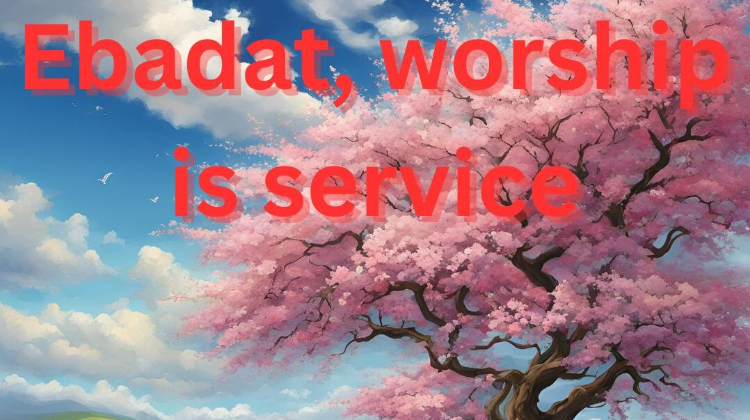
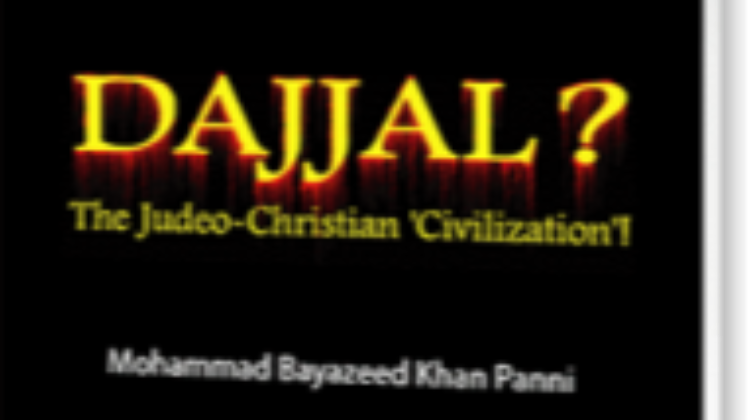
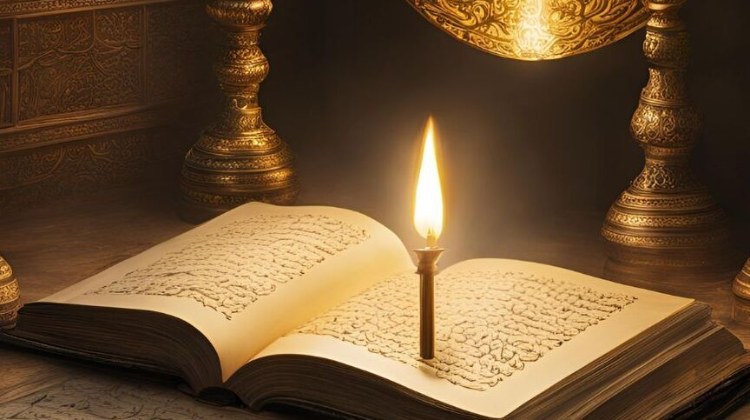
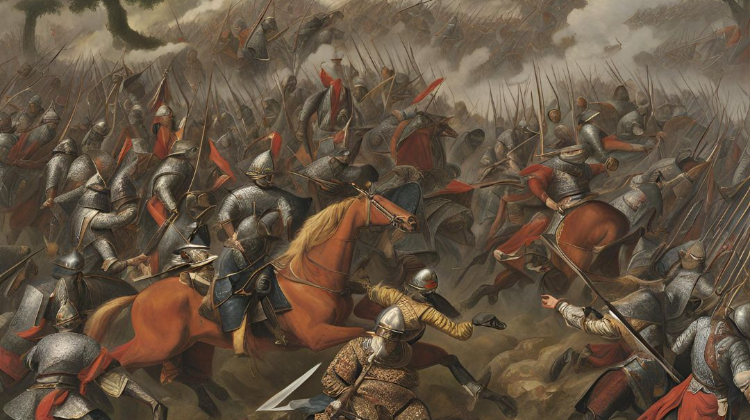

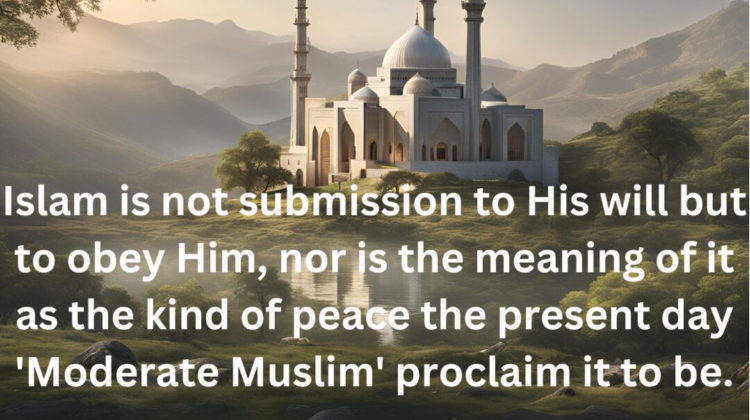
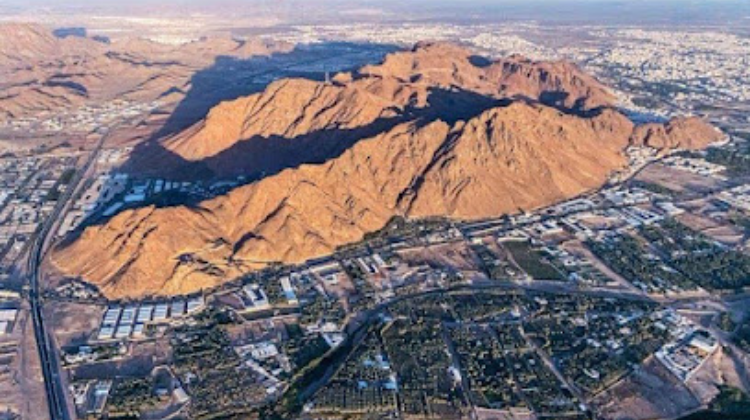
Leave a Comment